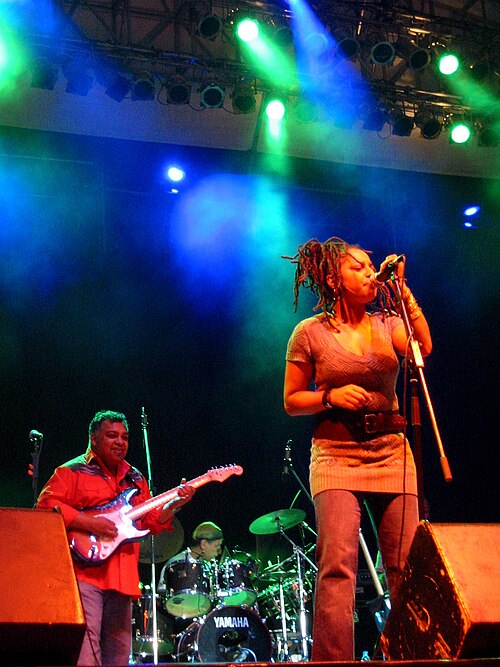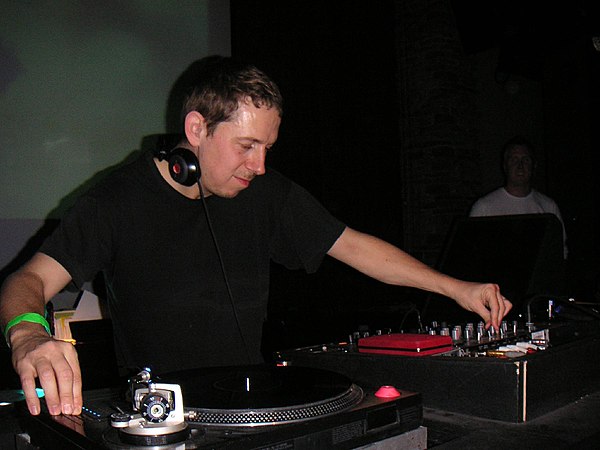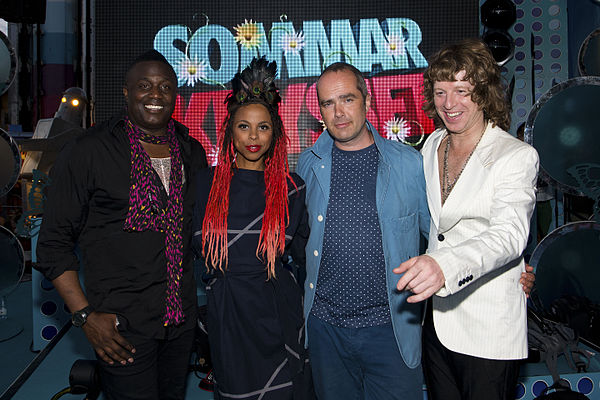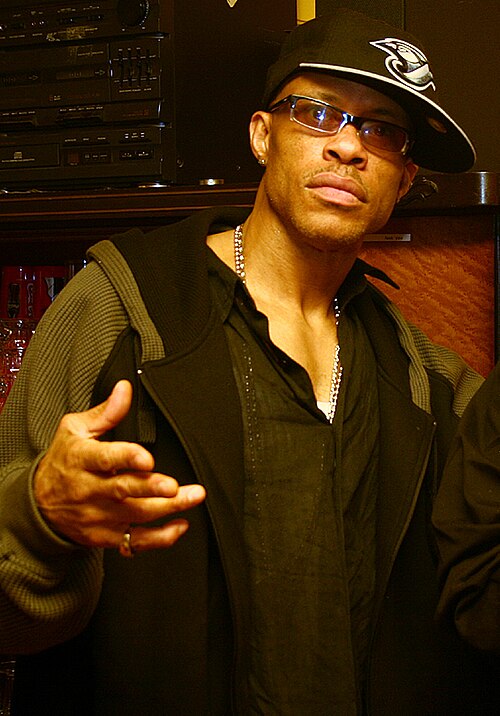Incognito (band)
Videos
Page
Incognito is a British acid jazz band. Their debut album, Jazz Funk, was released in 1981.

Incognito in Bangkok in 2005

Incognito live at Leverkusener Jazztage (Germany) in November 2016
Acid jazz
Videos
Page
Acid jazz is a music genre that combines elements of funk, soul, and hip hop, as well as jazz and disco. Acid jazz originated in clubs in London during the 1980s with the rare groove movement and spread to the United States, Western Europe, Latin America and Japan. Acts included The Brand New Heavies, Incognito, James Taylor Quartet, Us3, and Jamiroquai from the UK, and Guru, Buckshot LeFonque and Digable Planets from the U.S. The rise of electronic club music in the middle to late 1990s led to a decline in interest, and in the twenty-first century, acid jazz became indistinct as a genre. Many acts that might have been defined as acid jazz are seen as jazz-funk, or nu jazz.

French disc jockey Gilles Peterson invented the term "acid jazz".

Brand New Heavies in 2013

Guru, who recorded with Jazzmatazz